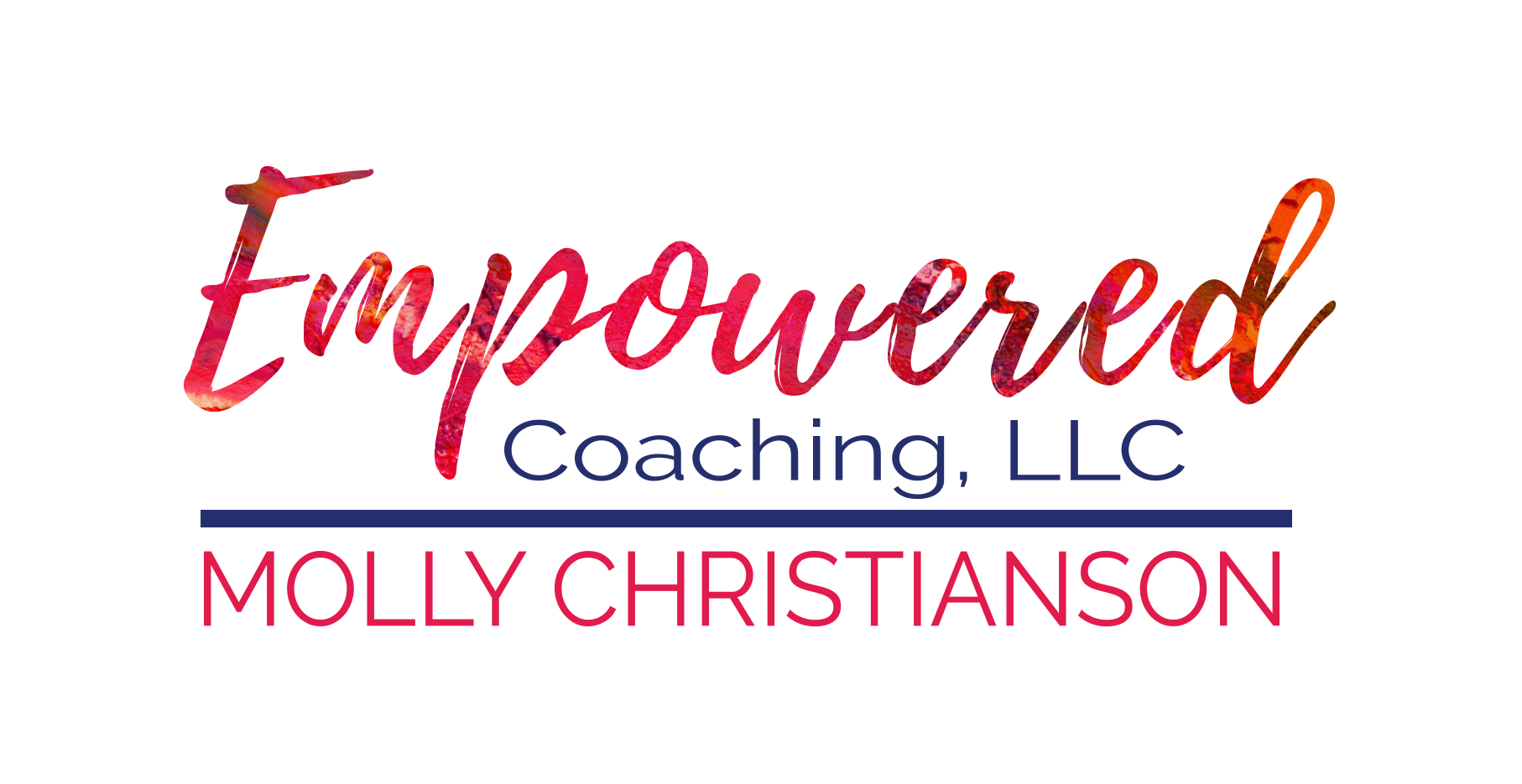SMART Gets You Started on the Road to Goal Achievement. WOOP Gets You There!
We've all been taught that SMART is a great technique for reaching our goals. We know that our goal needs to be specific and something that can be measured. Saying "I want to lose weight" or "I want to increase my income" does nothing for us because it is too general. We're better off saying "I want to lose 10 pounds." or "I want to increase my income by $10,000." Those are measurable. We'll know we've accomplished our goal if we are 10 pounds lighter and there is $10,000 more in our bank account. The other thing we've been told is our goal needs to be actionable, realistic and time-bound, meaning we know the action that must taken so we can achieve our goal by its due date.
I've been setting goals for most of my life. Some I have achieved, others are still patiently waiting for me to arrive. I've used the SMART technique and popular visualization practices like stating affirmations each morning and evening, using my senses to experience what it will be like when I reach my goal and even staring at the vision board I made. I've also done the Simon Sinek thing of writing down why I want to achieve this goal and then went further with John Miller's QBQ, exploring what's behind the original "why." While I do believe all of these things are helpful, they all miss one important step in goal achievement. That is identifying obstacles and having a plan to bust through them. That's where the WOOP method supersedes any other goal attainment technique.
I learned about the WOOP technique while taking an online course. My curiosity about the simplicity of this technique led me to read the book "Rethinking Positive Thinking" by Gabriele Oettingen. Gabriele is a well-known scientist in the field of motivation and goal attainment and WOOP is her baby. WOOP combines two tools, mental contrasting and implementation intention, which when combined have been proven to be the superpower in goal achievement. (You can learn more about these tools and the studies about their impact by picking up the book "Rethinking Positive Thinking"). WOOP stands for Wish, Outcome, Obstacle and Plan. The third and four step of WOOP have been the most helpful for my goal accomplishment. Let me walk you through the process.
W (Wish)- Using the SMART technique state a compelling, challenging (yet realistic) goal that you want to achieve. Make sure to set a timeline for when you want to achieve the goal, perhaps today, this week, next month, year, or even next decade.
For example: I want to lose 10 pounds by March 31st.
I want to earn $10,000 more by the end of the year.
O (Outcome)- Spend a minute or two visualizing the outcome of this goal. Use your imagination to experience the best outcome of achieving this goal, like it has already happened. What does it feel like when you've accomplished your goal? What does it provide you?
For example: I am feeling energetic and alive. My clothes feel loose.
I feel a sense of pride as I generously donate my extra earnings to local charities.
O (Obstacle)- In this step, you name and spend a minute thinking about your biggest obstacle. What is getting in the way of achieving your goal? What has kept you from achieving the goal in the past? What makes this goal so hard to accomplish?
For example: I eat dessert after every meal because I like ending on a sweet flavor.
I distract myself from making the sales calls by scrolling through social media.
P (Plan)- Make a plan for how you will overcome or breakthrough that darn obstacle. What can you do instead of succumbing to the obstacle? What action will move you past the obstacle and closer to your goal? Use the If/then statement to guide your plan.
IF/WHEN (insert obstacle), THEN I WILL (insert action you'll take to overcome the obstacle).
For example: When I want dessert, I will eat a sweet apple, like Gala.
If I get distracted at work, I will turn off my phone and store it in the bottom drawer.
And there you have it. A very simple technique for achieving your goals. For me, the power of the WOOP technique comes from identifying the obstacle and making a plan for how to overcome it. Because, let's be honest, things never go according to plan. There is always something that will cause us to reconsider the action we need to take or distract us from taking that action.
Gabriele Oettingen says "To achieve a lasting benefit , it would require you to perform WOOP repeatedly." Whether you WOOP once in awhile or every day as part of your morning routine, WOOP is a powerful, transformation tool when it comes to achieving your goals. You can test it out by writing your goals in WOOP fashion on a piece of paper or downloading the WOOP app which will guide you through the 4-step process.
Test it out and let me know how WOOP works for you. Share what goals you've set for yourself and post your WOOP in the comments below.

